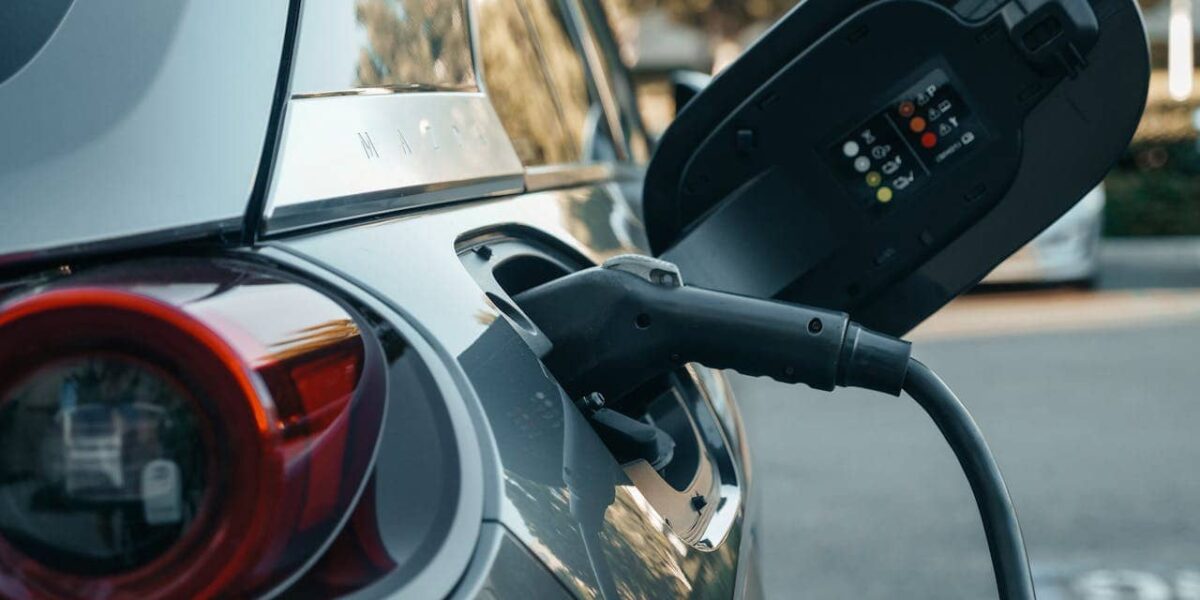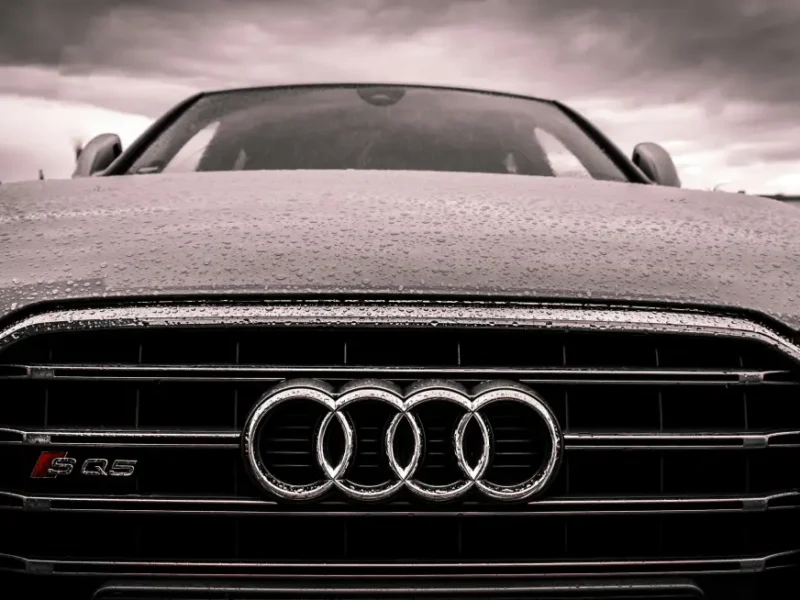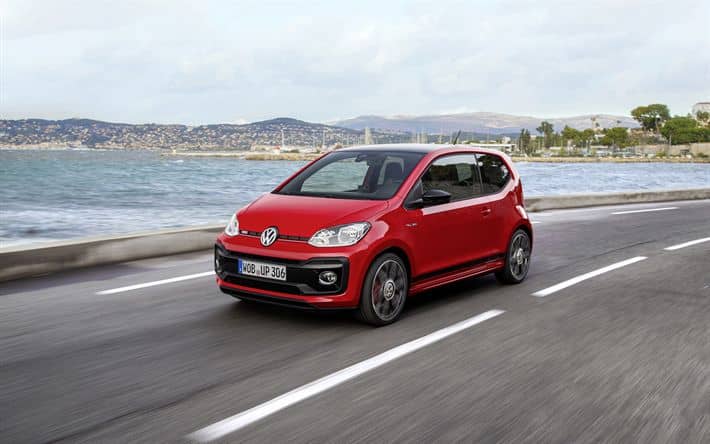Faster and safer charging thanks to CCS Combo 2
Electric cars are charging faster than ever, which calls for a connector that can handle higher power without excess heat build-up or added risk. Fast charging is becoming more important as batteries get bigger and European drivers cover more distance. The focus is increasingly shifting to solutions that combine both speed and safety, ensuring electric mobility stays practical even on busy travel days.
Why material quality in cables has a huge impact on performance
According to research from several European charging institutes, up to ten per cent of energy is lost in inferior copper alloy cables at high current levels, directly affecting heat and efficiency. Companies such as Voldt® use fully silver-plated copper, which drastically lowers heat development and makes energy loss noticeably less. This difference is even more significant with fast charging, where current rises exponentially. That’s why large fleet owners pay extra attention to cable quality—it makes a significant difference in charging losses at high power. Click here for more information about cable material quality.
How a single standard enables greater charging power
Figures from ACEA show the European market only became truly scalable when the same physical plug was instantly recognisable and uniform, allowing manufacturers, charging infrastructure producers, and grid operators to work with the same hardware. The CCS Combo 2 standard is a logical step, as this connector supports both AC and DC through a single contact point—enabling fast chargers to deliver up to hundreds of kilowatts without vehicles needing multiple connectors. According to TNO research, DC charging is four to five times quicker than AC charging for comparable battery capacity, making this connection technically the key to shorter waiting times on the road.
Why safety and heat management are far more important during fast charging
Most risks with very rapid charging do not arise in the car itself, but in the cable and coupling, where current and temperature influence each other. This is evident from NREL research. If a plug cannot dissipate enough heat, the risk of damage—or even fire—increases. That’s why heat management is seen as a basic requirement for large-scale high-power charging. TNO shows that internal temperature monitoring in plugs and chargers automatically adjusts power when things heat up too quickly. This ensures that power is matched to real-life conditions, making DC charging technically safer in the long run.
Why infrastructure scalability decides return on investment for fast charging
Arxiv test cases show that just over seventy per cent of public DC chargers were fully functional in their measurements. The connector may make fast charging technically possible, but reality depends entirely on hardware maintenance and consistent quality between brands and operators. The benefit of a uniform plug is that it simplifies troubleshooting—problems are easier to find with identical hardware, making future optimisation simpler than with varying connections.
Why European manufacturing and design value help long-term reliability
Analysis from European mobility experts indicates that a short supply chain makes components easier to trace and allows for more direct quality control. Companies like Voldt® develop many parts within Europe, which means shorter transport routes and better oversight of production and quality standards. This also gives an advantage for custom solutions, as they don’t have to go through five or six intermediaries before adjustments are feasible for transport or fleet operators.
How fast charging opens up new business cases for the future
TNO foresight studies show that power levels are moving towards five hundred kilowatts. As a result, fast charging could soon fit within the timeframe of a fuelling stop. Transport operators using mobile fast charging will need far fewer expensive site or grid adaptations, making fast charging more practical in day-to-day operations. This also gives companies the option to charge using mobile units with three-phase power up to fifty kilowatts—no need for heavy investments in fixed connections. It makes the transition to fast charging more realistic within business processes.












